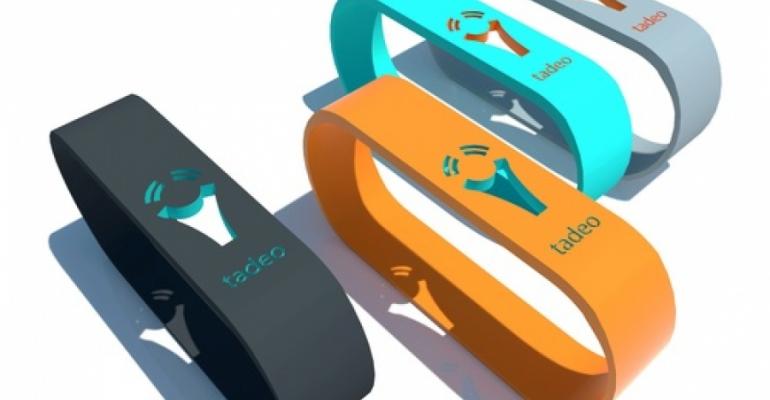Alicea was motivated to find a solution to the challenges of detecting people going overboard after a 21-year-old man was lost from a cruise ship off Belize in 2011. Incidents of passengers going overboard from cruise ships are rare but concerning, a matter the industry has been working to address for years.
RFID bracelet
Alicea's Tadeo (total alarm device for emergency only) provides an automatic detection and signaling system that's activated when a person wearing a radio frequency identification bracelet goes overboard.
One or more RFID readers positioned on a ship's hull detect the passage of the person. Each reader is connected to a control unit on board. The control unit records the exact time and location the person went overboard and activates an alarm.
The probability of a successful rescue depends on immediate detection with a high level of accuracy, a device that does not depend upon immersion in water and one that does not trigger false alarms.
Other systems
Alicea noted various systems man overboard detection systems have been developed. Most rely on the use of a transmitter worn by the person that sends a signal—ultrasonic waves, radio waves, acoustic signal or electromagnetic signal—through air or water to a receiver aboard ship when the transmitter is immersed in water. The success of these systems depends on producing a signal of sufficient strength that can travel through air or water to reach the receiver on the ship.
Alicea identified a common deficiency of such systems as that the transmitter is triggered upon immersion in water. People on cruise ships are likely to swim in the pool or at the beach, triggering false alarms.
Another system relies on the use of infrared sensors positioned on the hull. The IR sensors produce light beams that are detected by another IR sensor. When someone goes overboard, they break the light beam, triggering an alarm. According to Alicea, objects other than a person—such as a bird—may break the light beam, causing a false alarm.
Tadeo requires that the bracelet be worn at all times. Wearable technology has been avoided by some other developers of overboard detection systems since people might object to that or a person could remove it, such as in the case of intended suicide.
Other uses
Tadeo also can be used as a security system to identify passengers with information such as their name, digital photograph, cabin number, dinner table, account number, credit card number, health problems and the number of people in the traveling party. RFID readers at the gangway can track when passengers embark and exit the vessel. The application could also be used with RFID-activated cabin door locks.
See also 'MSC Cruises deploys man overboard detection technology' and 'SOS man overboard system aims for flawless detection and alert'
Copyright © 2024. All rights reserved. Seatrade, a trading name of Informa Markets (UK) Limited. Add Seatrade Cruise News to your Google News feed.


